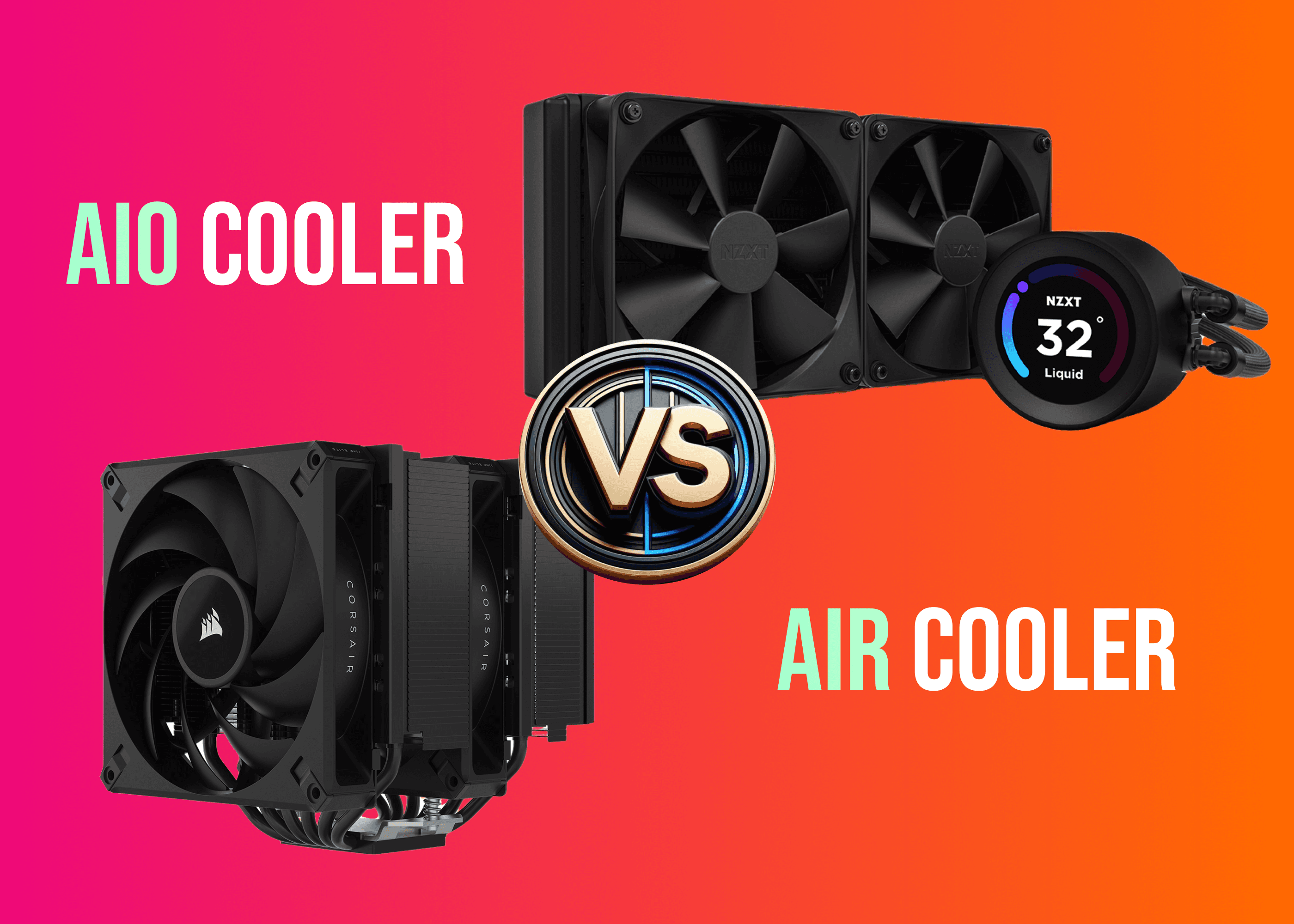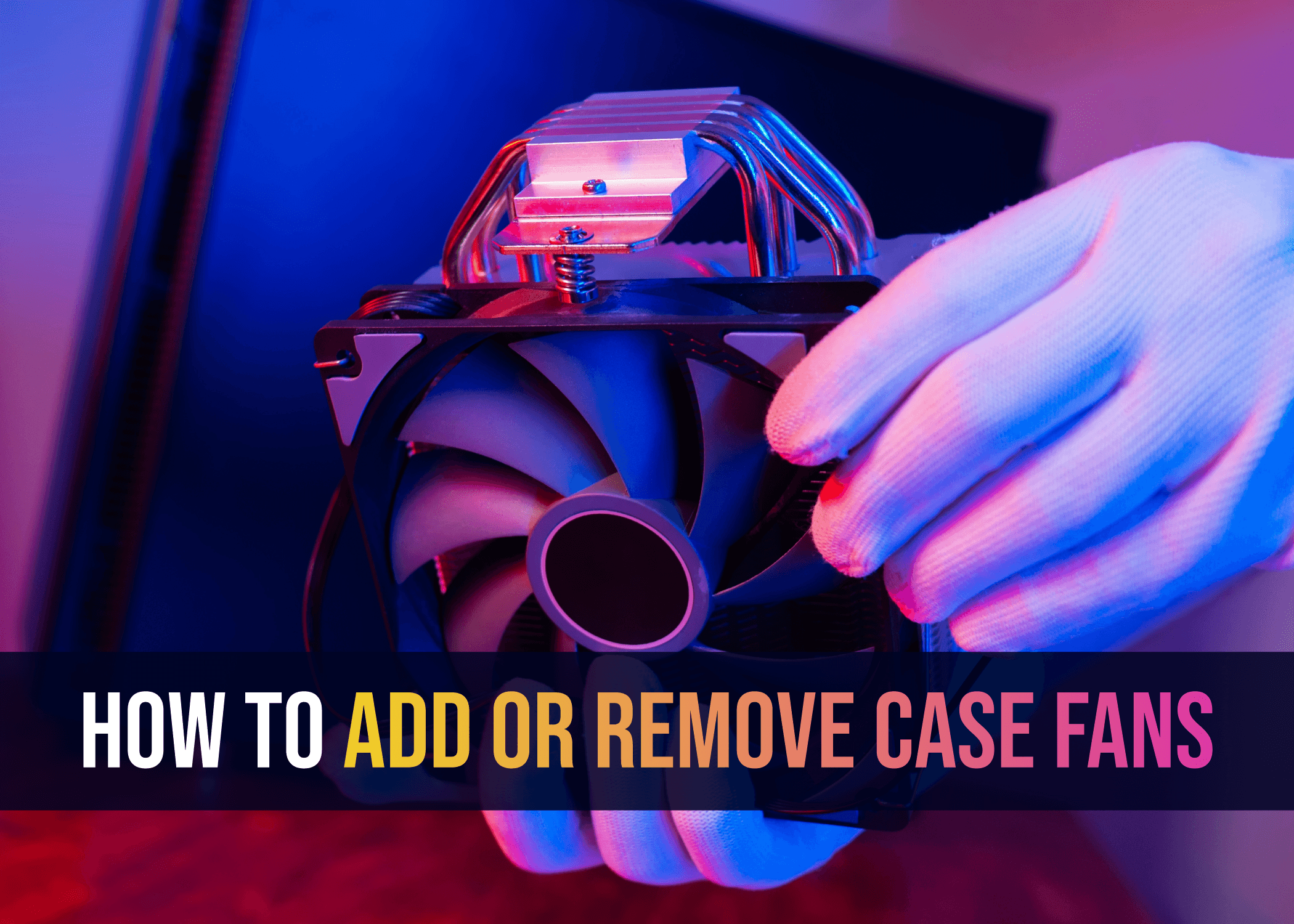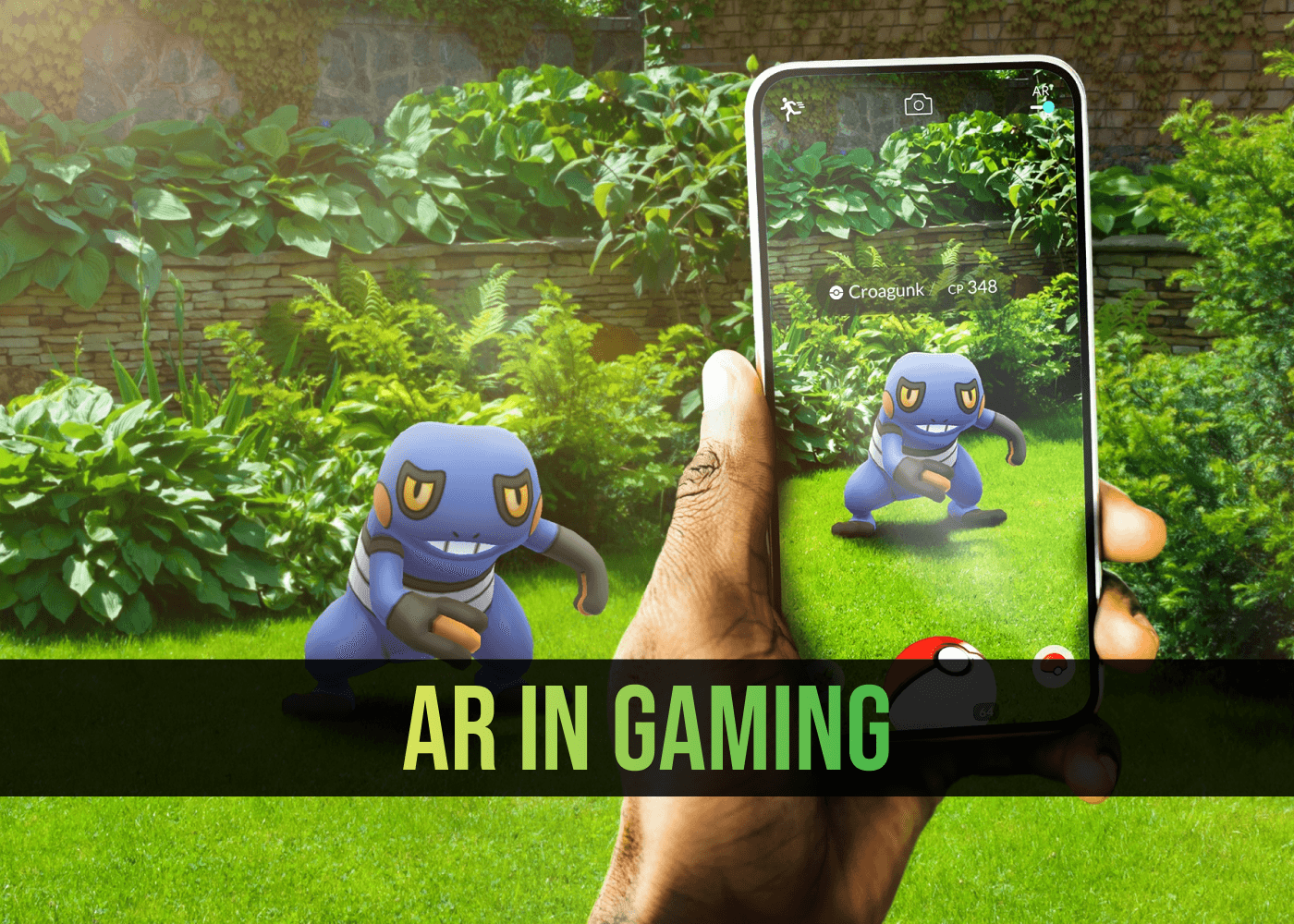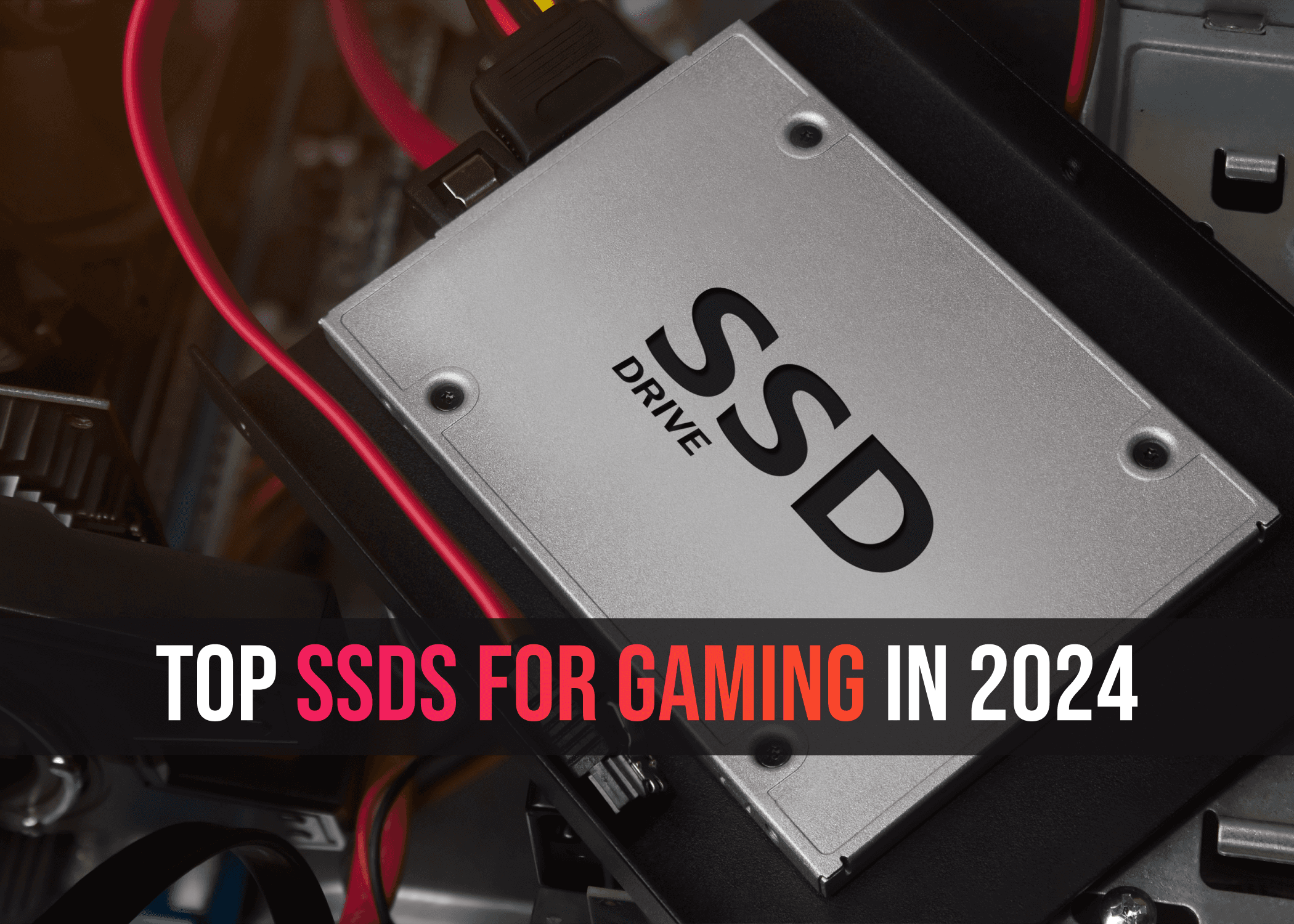AIO vs Air Cooler: How to Choose the Best CPU Cooling for Your Build
AIO vs Air Cooler: How to Choose the Best CPU Cooling for Your Build
AIO vs Air Cooler: How to Choose the Best CPU Cooling for Your Build
4 mins
Oct 18, 2024



All-in-one (AIO) coolers have been a popular choice among PC enthusiasts since they first hit the market in the mid-2000s. Whether it's for aesthetics, performance, or the cool factor of saying your system is water-cooled, AIOs have their appeal. But the question remains: do you actually need one? Or is a traditional air cooler enough? Let’s dive into the details.
What Exactly is an AIO Cooler?
An AIO cooler is a pre-assembled liquid cooling system designed to cool your CPU. It’s similar to the custom water cooling loops you may have seen online, but with one major difference: it’s a fully self-contained unit. You don’t need to worry about assembling components, filling it with liquid, or ensuring proper sealing—everything is pre-built and ready to install.
Unlike custom loops, AIOs don’t have a separate reservoir. The liquid is pre-filled at the factory, and the tubes are designed to fit a variety of cases, making them a versatile option for many setups. But what exactly makes up an AIO cooler? Let’s break it down.
Key Components of an AIO Cooler
Radiator:
The radiator is where the magic happens. Liquid passes through the radiator, and fans blow cool air over it to reduce the temperature of the liquid. The surface area of the radiator plays a significant role in how effective the cooling is—the larger the surface, the better the cooling performance. However, if the radiator is too large, airflow may be restricted, making it less efficient.
AIO radiators come in a variety of sizes, typically based on standard fan dimensions:
Thickness also matters—most radiators are around 30mm thick, but they can go up to 40mm. Just make sure your case has enough room for both the radiator and the fans.
Pump:
The pump circulates the liquid through the system, drawing heat away from your CPU. Typically located at the base of the cooler where it attaches to the CPU, the pump’s speed can adjust automatically, either by software, or directly off the CPU PWM header. A well-installed pump should be nearly silent, but it’s important to mount it at the lowest point in the system to prevent air bubbles from getting trapped inside.
Cold Plate:
The cold plate is the part of the cooler that makes direct contact with the CPU, with thermal paste applied between the two. Usually made from thermally conductive metals like copper or aluminum, this is where heat is transferred from your CPU into the liquid. The more surface area the cold plate has, the better the cooling—although too much can restrict the flow of liquid.
Tubes:
The tubes transport liquid between the radiator and pump. They need to be durable and watertight, while also being flexible enough to fit in different configurations. However, they shouldn’t be too flexible, as this could lead to kinking and reduced liquid flow.
The Liquid:
Most AIO coolers use water mixed with additives to prevent bacterial growth. Some use specialized coolants with similar thermal properties to water, but the liquid’s primary job is to absorb heat and carry it away from the CPU.
Do You Really Need an AIO?
While every system needs some form of cooling, it doesn’t necessarily have to be an AIO. For many people, a traditional air cooler will do the job just fine. That said, there are certain scenarios where an AIO might be a better fit, particularly for high-performance builds or those who want a quieter system.
AIO vs. Air Coolers
In general, AIO coolers offer better cooling performance than air coolers, but there are other factors to consider beyond just temperature control. Here’s how they stack up:
Noise: AIO coolers often run quieter because the fans spin at lower speeds while still maintaining good cooling performance. However, the pump inside an AIO can add noise if not properly installed.
Reliability: Air coolers tend to be more reliable since they have no moving parts (apart from the fans), whereas an AIO’s pump could fail over time. Additionally, air coolers don't carry the risk of leaks, which, while rare, is always a possibility with liquid systems.
Aesthetics: Many PC builders prefer the sleek look of an AIO, especially those with RGB lighting or small LCD displays. Air coolers can obstruct access to the motherboard, making component upgrades more difficult.
Recommended Air Coolers:
AIO vs. Custom Water Cooling
Custom water cooling loops are the ultimate in cooling performance, but they come with a high price tag and a much steeper learning curve. Building a custom loop kit allows you to cool more than just your CPU, such as your GPU or even your motherboard, but it’s more complex to set up. You’ll also face an increased risk of leaks compared to AIO coolers.
Recommended AIO Coolers:
So, Which Cooling Solution is Right for You?
For first-time builders, AIO coolers strike a good balance between ease of installation, performance, and aesthetics. Air coolers are also a solid choice, offering reliable cooling at a lower cost, especially for those who aren’t looking to push their system to its limits.
Custom water cooling is ideal for experienced builders looking to get the best performance possible, but it’s more expensive and requires a lot more maintenance.
Ultimately, the best cooler for you depends on your needs, budget, and how much effort you want to put into cooling your system.
All-in-one (AIO) coolers have been a popular choice among PC enthusiasts since they first hit the market in the mid-2000s. Whether it's for aesthetics, performance, or the cool factor of saying your system is water-cooled, AIOs have their appeal. But the question remains: do you actually need one? Or is a traditional air cooler enough? Let’s dive into the details.
What Exactly is an AIO Cooler?
An AIO cooler is a pre-assembled liquid cooling system designed to cool your CPU. It’s similar to the custom water cooling loops you may have seen online, but with one major difference: it’s a fully self-contained unit. You don’t need to worry about assembling components, filling it with liquid, or ensuring proper sealing—everything is pre-built and ready to install.
Unlike custom loops, AIOs don’t have a separate reservoir. The liquid is pre-filled at the factory, and the tubes are designed to fit a variety of cases, making them a versatile option for many setups. But what exactly makes up an AIO cooler? Let’s break it down.
Key Components of an AIO Cooler
Radiator:
The radiator is where the magic happens. Liquid passes through the radiator, and fans blow cool air over it to reduce the temperature of the liquid. The surface area of the radiator plays a significant role in how effective the cooling is—the larger the surface, the better the cooling performance. However, if the radiator is too large, airflow may be restricted, making it less efficient.
AIO radiators come in a variety of sizes, typically based on standard fan dimensions:
Thickness also matters—most radiators are around 30mm thick, but they can go up to 40mm. Just make sure your case has enough room for both the radiator and the fans.
Pump:
The pump circulates the liquid through the system, drawing heat away from your CPU. Typically located at the base of the cooler where it attaches to the CPU, the pump’s speed can adjust automatically, either by software, or directly off the CPU PWM header. A well-installed pump should be nearly silent, but it’s important to mount it at the lowest point in the system to prevent air bubbles from getting trapped inside.
Cold Plate:
The cold plate is the part of the cooler that makes direct contact with the CPU, with thermal paste applied between the two. Usually made from thermally conductive metals like copper or aluminum, this is where heat is transferred from your CPU into the liquid. The more surface area the cold plate has, the better the cooling—although too much can restrict the flow of liquid.
Tubes:
The tubes transport liquid between the radiator and pump. They need to be durable and watertight, while also being flexible enough to fit in different configurations. However, they shouldn’t be too flexible, as this could lead to kinking and reduced liquid flow.
The Liquid:
Most AIO coolers use water mixed with additives to prevent bacterial growth. Some use specialized coolants with similar thermal properties to water, but the liquid’s primary job is to absorb heat and carry it away from the CPU.
Do You Really Need an AIO?
While every system needs some form of cooling, it doesn’t necessarily have to be an AIO. For many people, a traditional air cooler will do the job just fine. That said, there are certain scenarios where an AIO might be a better fit, particularly for high-performance builds or those who want a quieter system.
AIO vs. Air Coolers
In general, AIO coolers offer better cooling performance than air coolers, but there are other factors to consider beyond just temperature control. Here’s how they stack up:
Noise: AIO coolers often run quieter because the fans spin at lower speeds while still maintaining good cooling performance. However, the pump inside an AIO can add noise if not properly installed.
Reliability: Air coolers tend to be more reliable since they have no moving parts (apart from the fans), whereas an AIO’s pump could fail over time. Additionally, air coolers don't carry the risk of leaks, which, while rare, is always a possibility with liquid systems.
Aesthetics: Many PC builders prefer the sleek look of an AIO, especially those with RGB lighting or small LCD displays. Air coolers can obstruct access to the motherboard, making component upgrades more difficult.
Recommended Air Coolers:
AIO vs. Custom Water Cooling
Custom water cooling loops are the ultimate in cooling performance, but they come with a high price tag and a much steeper learning curve. Building a custom loop kit allows you to cool more than just your CPU, such as your GPU or even your motherboard, but it’s more complex to set up. You’ll also face an increased risk of leaks compared to AIO coolers.
Recommended AIO Coolers:
So, Which Cooling Solution is Right for You?
For first-time builders, AIO coolers strike a good balance between ease of installation, performance, and aesthetics. Air coolers are also a solid choice, offering reliable cooling at a lower cost, especially for those who aren’t looking to push their system to its limits.
Custom water cooling is ideal for experienced builders looking to get the best performance possible, but it’s more expensive and requires a lot more maintenance.
Ultimately, the best cooler for you depends on your needs, budget, and how much effort you want to put into cooling your system.
All-in-one (AIO) coolers have been a popular choice among PC enthusiasts since they first hit the market in the mid-2000s. Whether it's for aesthetics, performance, or the cool factor of saying your system is water-cooled, AIOs have their appeal. But the question remains: do you actually need one? Or is a traditional air cooler enough? Let’s dive into the details.
What Exactly is an AIO Cooler?
An AIO cooler is a pre-assembled liquid cooling system designed to cool your CPU. It’s similar to the custom water cooling loops you may have seen online, but with one major difference: it’s a fully self-contained unit. You don’t need to worry about assembling components, filling it with liquid, or ensuring proper sealing—everything is pre-built and ready to install.
Unlike custom loops, AIOs don’t have a separate reservoir. The liquid is pre-filled at the factory, and the tubes are designed to fit a variety of cases, making them a versatile option for many setups. But what exactly makes up an AIO cooler? Let’s break it down.
Key Components of an AIO Cooler
Radiator:
The radiator is where the magic happens. Liquid passes through the radiator, and fans blow cool air over it to reduce the temperature of the liquid. The surface area of the radiator plays a significant role in how effective the cooling is—the larger the surface, the better the cooling performance. However, if the radiator is too large, airflow may be restricted, making it less efficient.
AIO radiators come in a variety of sizes, typically based on standard fan dimensions:
Thickness also matters—most radiators are around 30mm thick, but they can go up to 40mm. Just make sure your case has enough room for both the radiator and the fans.
Pump:
The pump circulates the liquid through the system, drawing heat away from your CPU. Typically located at the base of the cooler where it attaches to the CPU, the pump’s speed can adjust automatically, either by software, or directly off the CPU PWM header. A well-installed pump should be nearly silent, but it’s important to mount it at the lowest point in the system to prevent air bubbles from getting trapped inside.
Cold Plate:
The cold plate is the part of the cooler that makes direct contact with the CPU, with thermal paste applied between the two. Usually made from thermally conductive metals like copper or aluminum, this is where heat is transferred from your CPU into the liquid. The more surface area the cold plate has, the better the cooling—although too much can restrict the flow of liquid.
Tubes:
The tubes transport liquid between the radiator and pump. They need to be durable and watertight, while also being flexible enough to fit in different configurations. However, they shouldn’t be too flexible, as this could lead to kinking and reduced liquid flow.
The Liquid:
Most AIO coolers use water mixed with additives to prevent bacterial growth. Some use specialized coolants with similar thermal properties to water, but the liquid’s primary job is to absorb heat and carry it away from the CPU.
Do You Really Need an AIO?
While every system needs some form of cooling, it doesn’t necessarily have to be an AIO. For many people, a traditional air cooler will do the job just fine. That said, there are certain scenarios where an AIO might be a better fit, particularly for high-performance builds or those who want a quieter system.
AIO vs. Air Coolers
In general, AIO coolers offer better cooling performance than air coolers, but there are other factors to consider beyond just temperature control. Here’s how they stack up:
Noise: AIO coolers often run quieter because the fans spin at lower speeds while still maintaining good cooling performance. However, the pump inside an AIO can add noise if not properly installed.
Reliability: Air coolers tend to be more reliable since they have no moving parts (apart from the fans), whereas an AIO’s pump could fail over time. Additionally, air coolers don't carry the risk of leaks, which, while rare, is always a possibility with liquid systems.
Aesthetics: Many PC builders prefer the sleek look of an AIO, especially those with RGB lighting or small LCD displays. Air coolers can obstruct access to the motherboard, making component upgrades more difficult.
Recommended Air Coolers:
AIO vs. Custom Water Cooling
Custom water cooling loops are the ultimate in cooling performance, but they come with a high price tag and a much steeper learning curve. Building a custom loop kit allows you to cool more than just your CPU, such as your GPU or even your motherboard, but it’s more complex to set up. You’ll also face an increased risk of leaks compared to AIO coolers.
Recommended AIO Coolers:
So, Which Cooling Solution is Right for You?
For first-time builders, AIO coolers strike a good balance between ease of installation, performance, and aesthetics. Air coolers are also a solid choice, offering reliable cooling at a lower cost, especially for those who aren’t looking to push their system to its limits.
Custom water cooling is ideal for experienced builders looking to get the best performance possible, but it’s more expensive and requires a lot more maintenance.
Ultimately, the best cooler for you depends on your needs, budget, and how much effort you want to put into cooling your system.
In this blog:
What Exactly is an AIO Cooler?
Key Components of an AIO Cooler
Do You Really Need an AIO?
AIO vs. Air Coolers
Recommended Air Coolers
Cooler Master Hyper 212 Halo White ARGB
AIO vs. Custom Water Cooling
Recommended AIO Coolers
Thermaltake TH240 ARGB Sync V2 CPU Liquid Cooler
Cooler Master ML240L Core ARGB
Lian Li Galahad II Trinity SL INF 360
So, Which Cooling Solution is Right for You?
Similar Blogs

How to Add or Remove Pre-installed Case Fans
Mins Read :
5 mins
Oct 22, 2024
📷🔋 Top Budget Camera Phones 2024 (Under 30k)
Mins Read :
9 min
text
📷🔋 Top Budget Camera Phones 2024 (Under 30k)
Mins Read :
9 min
text
ASUS Vivobook S15 vs. Galaxy Book 4 Pro: Best Laptop Comparison 2024
Mins Read :
5 mins
Oct 25, 2024
📷🔋 Top Budget Camera Phones 2024 (Under 30k)
Mins Read :
9 min
text
📷🔋 Top Budget Camera Phones 2024 (Under 30k)
Mins Read :
9 min
text

The Future of Cloud Gaming: Are We Ready for a Console-Free World?
Mins Read :
2 mins
Oct 25, 2024
📷🔋 Top Budget Camera Phones 2024 (Under 30k)
Mins Read :
9 min
text
📷🔋 Top Budget Camera Phones 2024 (Under 30k)
Mins Read :
9 min
text

Augmented Reality (AR): The Next Big Thing in Gaming?
Mins Read :
3 mins
Oct 24, 2024
📷🔋 Top Budget Camera Phones 2024 (Under 30k)
Mins Read :
9 min
text
📷🔋 Top Budget Camera Phones 2024 (Under 30k)
Mins Read :
9 min
text

Sony WH-1000XM4 Best ANC Gaming Headphone under ₹20,000
Mins Read :
3 mins
Oct 24, 2024
📷🔋 Top Budget Camera Phones 2024 (Under 30k)
Mins Read :
9 min
text
📷🔋 Top Budget Camera Phones 2024 (Under 30k)
Mins Read :
9 min
text
Building the Ultimate PC for 3D Rendering and Animation
Mins Read :
6 mins
Oct 19, 2024
📷🔋 Top Budget Camera Phones 2024 (Under 30k)
Mins Read :
9 min
text
📷🔋 Top Budget Camera Phones 2024 (Under 30k)
Mins Read :
9 min
text

Top SSDs for Gaming in 2024: My Personal Favorites for Speed and Performance
Mins Read :
5 mins
Oct 18, 2024
📷🔋 Top Budget Camera Phones 2024 (Under 30k)
Mins Read :
9 min
text
📷🔋 Top Budget Camera Phones 2024 (Under 30k)
Mins Read :
9 min
text

Best 4K Monitors in 2024
Mins Read :
4 mins
Oct 24, 2024
📷🔋 Top Budget Camera Phones 2024 (Under 30k)
Mins Read :
9 min
text
📷🔋 Top Budget Camera Phones 2024 (Under 30k)
Mins Read :
9 min
text
🗞️
BCPC ARTICLES
Welcome to your ultimate destination for custom PC building! Our blog covers everything from the latest component releases to expert tips on crafting your dream setup. Whether you’re a beginner or a seasoned pro, we provide insightful reviews, how-to guides, and the latest trends in gaming and technology. Join us as we celebrate the art of building powerful machines and the thrill of gaming!
NEWSLETTER
Subscribe to our newsletter for a curated dose of design inspiration, practical tips, and exclusive content delivered straight to your inbox.
🗞️
BCPC ARTICLES
Welcome to your ultimate destination for custom PC building! Our blog covers everything from the latest component releases to expert tips on crafting your dream setup. Whether you’re a beginner or a seasoned pro, we provide insightful reviews, how-to guides, and the latest trends in gaming and technology. Join us as we celebrate the art of building powerful machines and the thrill of gaming!
NEWSLETTER
Subscribe to our newsletter for a curated dose of design inspiration, practical tips, and exclusive content delivered straight to your inbox.
🗞️
BCPC ARTICLES
Welcome to your ultimate destination for custom PC building! Our blog covers everything from the latest component releases to expert tips on crafting your dream setup. Whether you’re a beginner or a seasoned pro, we provide insightful reviews, how-to guides, and the latest trends in gaming and technology. Join us as we celebrate the art of building powerful machines and the thrill of gaming!
NEWSLETTER
Subscribe to our newsletter for a curated dose of design inspiration, practical tips, and exclusive content delivered straight to your inbox.